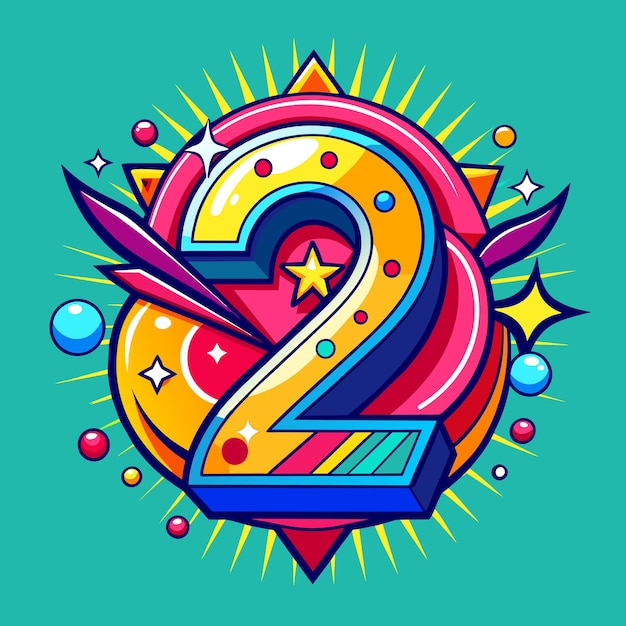How Bed Bugs Move Between Apartments: What Every Tenant Should Know
Understanding the Movement of Bed Bugs in Apartment Buildings
Living in an apartment complex offers many conveniences, but it also brings unique challenges-especially when it comes to pest control. One of the most persistent and troubling pests for multi-family dwellings is the bed bug (
Cimex lectularius
). If you’ve ever wondered whether bed bugs can travel from one apartment to another, the answer is a clear yes. Their ability to spread between units is a well-documented concern that requires attention from both tenants and property managers
[1]
[2]
[5]
.
How Bed Bugs Travel Between Apartments
Unlike some pests, bed bugs cannot fly or jump. Instead, they crawl rapidly and exploit the interconnected nature of apartment buildings. Shared walls, plumbing, and electrical systems provide hidden passageways that these insects use to move from one unit to another. Cracks in walls, gaps around baseboards, electrical outlets, light switches, and even utility conduits serve as highways for bed bugs [1] [2] [3] . Research from Rutgers University demonstrated that bed bugs can migrate to adjacent, above, or below units in as little as a week after an infestation begins, especially if residents attempt do-it-yourself eradication methods that drive the bugs deeper into the building structure [3] .
In addition to structural movement, bed bugs can hitchhike on personal belongings. This means they might travel via laundry baskets, shared furniture, or even moving boxes, further increasing the risk of spread throughout a building [5] .
Signs of Bed Bug Activity in Your Apartment
Early detection is critical for limiting the spread of bed bugs. Common signs of an infestation include:
- Small, reddish-brown bugs or shed skins in seams of mattresses, couches, or upholstered furniture
- Dark spots or stains on bedding, mattresses, or walls (bed bug excrement)
- Clusters of itchy, red bites on exposed skin, especially after sleeping
- A musty odor in heavily infested areas
If you notice any of these signs, capture a specimen if possible and notify your building manager immediately. Place any captured bug in a sealed container with rubbing alcohol for identification by a pest professional [5] .
What To Do If Bed Bugs Are Discovered
If you suspect or confirm the presence of bed bugs in your apartment, prompt action is essential to prevent further spread. Here’s a step-by-step guide:
- Notify Your Property Manager or Landlord: Provide as much detail as possible. Many property managers have protocols for professional pest control intervention and may be required by law to address infestations.
- Request Inspection of Adjacent Units: Standard pest control practice is to inspect neighboring units, as bed bugs almost always spread beyond the originally infested apartment. If bed bugs are discovered in adjacent apartments, those units should also be treated [5] .
- Avoid DIY Pesticides: Over-the-counter sprays may not eliminate the problem and could drive bed bugs deeper into walls, increasing the risk of spread to other units [3] .
- Limit the Movement of Infested Items: Do not move mattresses, furniture, or personal items between rooms or other apartments without professional advice. This can inadvertently spread the infestation.
- Follow Preparation Instructions: Pest professionals may require you to wash and bag linens, vacuum thoroughly, and declutter affected areas before treatment.
Prevention Strategies for Tenants and Property Managers
Both tenants and property managers share responsibility for preventing and controlling bed bug outbreaks in apartment complexes. Consider these actionable steps:
For Tenants:
- Regularly inspect sleeping areas, especially after travel or when purchasing secondhand furniture.
- Seal cracks and crevices around baseboards, outlets, and light switches with caulk to limit bed bug movement.
- Report any suspected pest activity immediately to building management.
- Avoid bringing discarded furniture or mattresses into your apartment unless thoroughly inspected and treated.
- When returning from travel, unpack luggage in a garage or outside space, and wash clothes promptly in hot water.
For Property Managers:
- Develop a comprehensive pest management policy, including regular inspections of common areas and vacant units.
- Train staff to recognize signs of bed bugs and respond quickly to tenant reports.
- Coordinate professional pest control services for identified infestations and ensure that all adjacent units are inspected and treated as needed [1] .
- Educate tenants on how to prevent infestations and what to do if bed bugs are suspected.
- Maintain clear records of reports, inspections, and treatments for legal and operational accountability.
Legal Considerations and Tenant Rights
Legal responsibility for bed bug treatment in rental housing varies by jurisdiction. In many areas, landlords are required to provide pest-free living conditions and address infestations promptly. Tenants also have a duty to report pest issues without delay and cooperate with treatment efforts. If you encounter resistance or delays from your landlord, consult your local health department, housing authority, or tenant advocacy organization for guidance. You can search online for your city or state’s specific tenant rights related to pest control.
What If My Neighbor Has Bed Bugs?
If you learn that a neighbor’s unit is infested, monitor your apartment closely for signs of bed bugs. You can request that your property manager arrange for inspections of all neighboring units, as proactive identification and treatment are essential to stopping the spread. If you live in a building with a history of bed bug issues, consider preventive measures such as mattress encasements and regular vacuuming.
Challenges in Stopping Bed Bug Spread
Completely eradicating bed bugs from multi-unit buildings is challenging because:

Source: luzenelhorizonteymas.blogspot.com
- Infestations are often not reported right away, allowing bugs to spread before treatment begins.
- Improper or incomplete treatment can cause bed bugs to scatter into new units.
- Inadequate communication between tenants and management can delay coordinated action.
To overcome these obstacles, it is crucial to foster a culture of prompt reporting, open communication, and professional intervention. Continuous monitoring and follow-up inspections help ensure that infestations are fully eliminated.
Alternative and Supplementary Approaches
Some residents choose to use mattress encasements, bed bug traps, or interceptors as supplementary protection. While these tools can assist with detection and prevention, they are not substitutes for professional pest control. Heat treatment, when performed by specialists, is one of the most effective methods for whole-unit eradication, as it penetrates cracks and crevices that sprays may miss.
Key Takeaways for Apartment Residents
Bed bugs are highly mobile in apartment settings, exploiting building infrastructure and human activity to spread rapidly. Early detection, immediate notification of building management, and professional intervention are essential to stopping their movement between units. Tenants and property managers who work together and follow best practices can significantly reduce the impact and frequency of bed bug infestations.
References
- [1] PestShare (2024). Can Bed Bugs Travel Between Apartments? Prevention Tips.
- [2] Whitney, LLP (2024). What if Another Tenant in My Building Has Bed Bugs?
- [3] Greenleaf Pest Control (2015). New Study Shows How Fast Bed Bugs Infest Apartment Buildings.
- [4] Texas A&M AgriLife Extension (2015). Bed bugs and your apartment.
MORE FROM mumsearch.com













